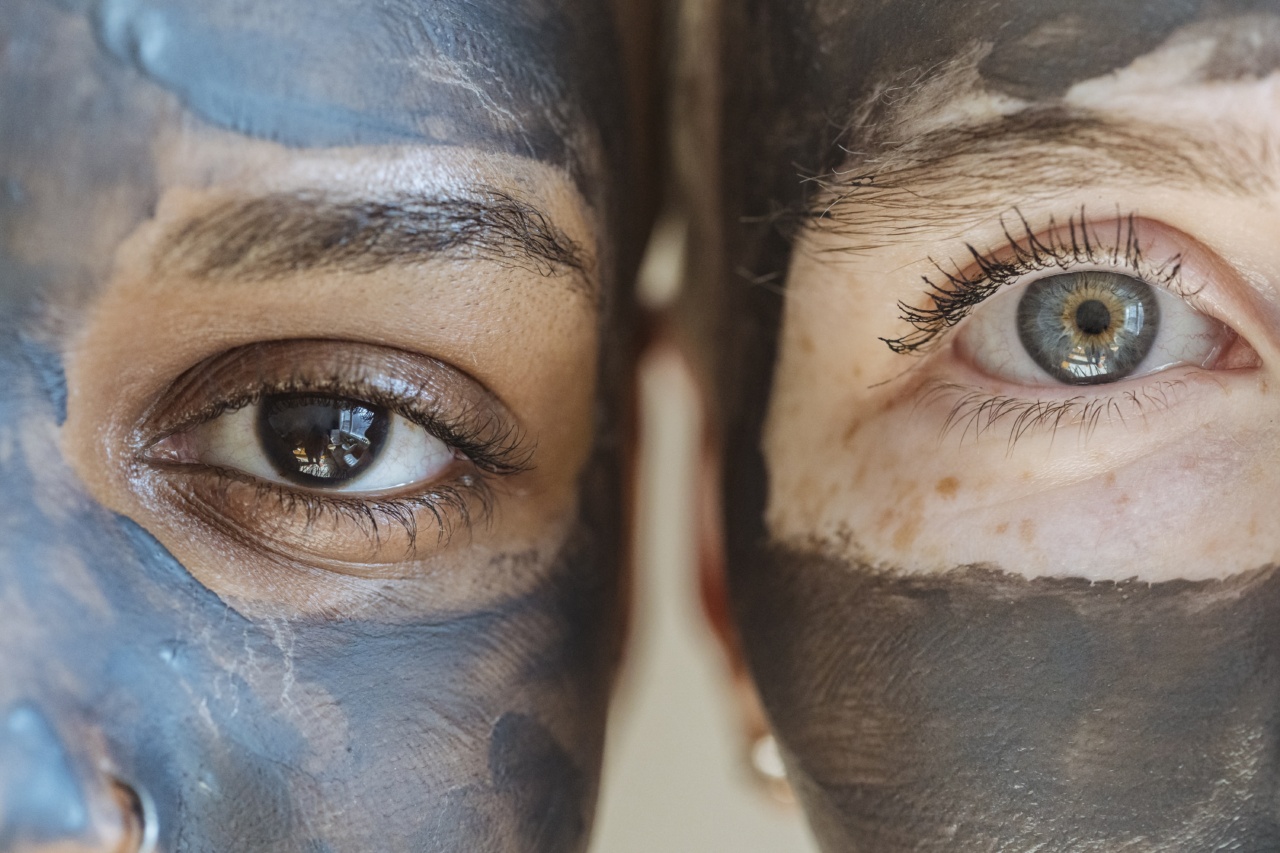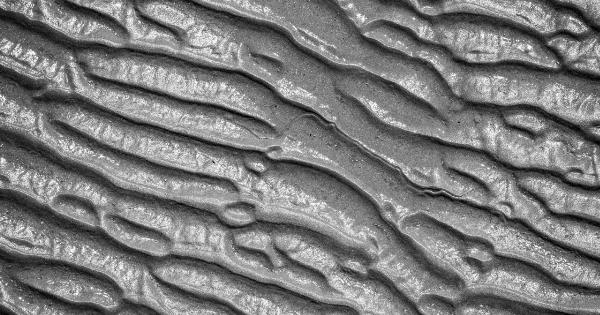Bile is an important secretion in the digestive process, produced by the liver and stored in the gallbladder. It has a greenish-yellow color and is essential in the breakdown of fats in the small intestine.
However, sometimes bile can become thick and viscous, resulting in the formation of mud. This article will explore the signs of mud in bile and what to look for.
What Causes Mud in Bile?
Healthy bile is composed of several components, including cholesterol, bilirubin, and salts. However, when there is an imbalance in these components, or bile flow is reduced, it can lead to the formation of mud. Some common causes of mud in bile include:.
- Gallstones – This is one of the most prevalent causes of mud in bile. When stones form in the gallbladder, the bile can become thick and muddy.
- Biliary sludge – This is a mixture of cholesterol crystals, bile salts, and mucus that can form in the gallbladder or bile ducts.
- Biliary dyskinesia – This condition occurs when the gallbladder does not contract effectively, resulting in stasis of bile within the gallbladder and the formation of mud.
Signs of Mud in Bile
The symptoms of mud in bile can vary, depending on the underlying cause. However, some common signs to look out for include:.
Abdominal Pain
Abdominal pain is a common symptom of mud in bile, especially if it is caused by gallstones or biliary sludge. Typically, the pain is felt in the upper right quadrant of the abdomen and may be described as a sharp or dull ache.
The pain may also radiate to the back or shoulder blades and may be accompanied by nausea and vomiting.
Jaundice
Jaundice is a condition characterized by a yellowing of the skin and eyes, and it occurs when there is an excess of bilirubin in the blood. Mud in bile can cause jaundice if it blocks the bile ducts, preventing the flow of bile into the small intestine.
In severe cases, jaundice may be accompanied by fever or chills, indicating an infection.
Fatigue
Fatigue is a common symptom of mud in bile, and it is often caused by anemia. Anemia occurs when there is a decrease in the number of red blood cells in the body, often due to bleeding.
Mud in bile can cause bleeding if it irritates the lining of the gallbladder or bile ducts.
Changes in Stool Color
Changes in stool color can be an indicator of mud in bile. Bile gives stool its characteristic brown color, so if there is a problem with bile production or flow, stool can become pale or clay-colored.
Additionally, if there is an obstruction in the bile ducts, stool may become greasy or oily.
Indigestion
Indigestion is a common symptom of mud in bile, especially if it is caused by biliary dyskinesia. Typically, indigestion presents as a feeling of fullness or discomfort in the upper abdomen, and it may be accompanied by bloating, gas, or nausea.
In severe cases, indigestion may be accompanied by vomiting or diarrhea.
Fever
Fever is a symptom that can accompany mud in bile, especially if there is an infection. Typically, fever is a sign that the body is fighting an infection, and it may be an indication that medical attention is needed.
Itching
Itching is a common symptom of mud in bile, especially if it is caused by an obstruction in the bile ducts. When bile flow is impaired, it can lead to a buildup of bile salts in the blood, which can cause itching.
Typically, itching in this context is a manifestation of jaundice and is often accompanied by a yellowing of the skin and eyes.
Weight Loss
Weight loss is a symptom that can accompany mud in bile, especially if it is caused by an obstruction in the bile ducts. When bile flow is impaired, it can lead to a decrease in appetite and nutrient absorption, which can result in weight loss.
Additionally, if there is an infection, weight loss may be due to a loss of fluids and electrolytes.
Dark Urine
Dark urine is a common symptom of mud in bile, especially if it is caused by a blockage in the bile ducts. Bile gives urine its characteristic yellow color, so if there is a problem with bile production or flow, urine can become dark or tea-colored.
Bloating and Gas
Bloating and gas are common symptoms of mud in bile, especially if it is caused by biliary dyskinesia.
Typically, bloating and gas present as a feeling of fullness or discomfort in the upper abdomen, and they may be accompanied by indigestion or nausea.
Treatment of Mud in Bile
The treatment of mud in bile depends on the underlying cause. In mild cases, lifestyle changes such as diet and exercise may be sufficient. However, in more severe cases, medical intervention may be necessary.
Dietary Changes
Dietary changes can be helpful in treating mud in bile, especially if it is caused by gallstones or biliary sludge. A low-fat diet can reduce the amount of cholesterol in the bile, which can prevent the formation of stones or sludge.
Additionally, increasing fiber intake can help promote bowel regularity, which can prevent constipation and reduce the risk of mud formation.
Medications
Medications may be prescribed to treat mud in bile, depending on the underlying cause. For example, pain medication may be prescribed to relieve abdominal pain, and antibiotics may be prescribed to treat infections.
Additionally, medications may be prescribed to increase the flow of bile or dissolve gallstones.
Surgery
In severe cases, surgery may be necessary to treat mud in bile. For example, if there is a blockage in the bile ducts, surgery may be required to remove the obstruction.
Additionally, if there are recurrent episodes of gallstones, surgery may be necessary to remove the gallbladder.
Conclusion
Mud in bile can be a challenging condition to diagnose and treat. However, by being aware of the signs of mud in bile and seeking medical attention if necessary, it is possible to manage the condition effectively.
If you are experiencing any of the symptoms discussed in this article, it is essential to speak with your doctor to determine the cause and appropriate treatment.



























